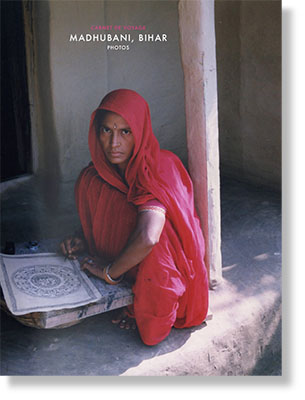dimanche 17 novembre 2019
samedi 16 novembre 2019
A Savage Civilisation
Source Star of Mysore by Dr. Devdutt Pattanaik
In the course of this conversation, a young boy asked me a question, goaded by his parents, whether I was saying that science should not be taught to savages. I did not know how to answer the question, at that particular moment, because it revealed a particular mindset that has been part of the world, since colonial times. Here was a young child using the words ‘science’ and ‘savage’ as opposites of each other — as if science’s sole purpose was the rescue of the said ‘savage’. It is like looking at tribal communities across India, and implying that they need to be educated, indoctrinated into modern lifestyles to make them civilised. This civilising mission is called the White Man’s Burden. It’s adopted by brown people too. /.../ We must remind ourselves: it is the ‘savages’ who have never abused earth and her resources. It is White Man and Brown Man civilising and ‘development’ mythologies that have resulted in the horrific climate change. It is these newer mythologies that have now brought the world to the edge of an abyss.
> read more
jeudi 14 novembre 2019
Nita Ambani becomes first Indian trustee to join board of Metropolitan Museum of Art
Source YourStory by Rekha Balakrishnan
Nita Ambani is the Founder and Chairperson of the Reliance Foundation, a philanthropic organisation that has supported The Met since 2016, beginning with the exhibition Nasreen Mohamedi. That presentation was the first museum retrospective of the artist's work in the United States and was also one of The Met Breuer's inaugural exhibitions. In 2017, the Reliance Foundation committed to support exhibitions that explore and celebrate the arts of India. The first exhibition to benefit from this gift was Modernism on the Ganges: Raghubir Singh Photographs (October 11, 2017–January 2, 2018), followed by Phenomenal Nature: Mrinalini Mukherjee (June 4–September 29, 2019), which marked the first comprehensive display of Mukherjee’s work in the United States.
> read more
dimanche 10 novembre 2019
Primitivism through the Indian eye
Source The Asian Age by Trisha Ghoroy
Taking inspiration from non-Western and prehistoric elements, the art of primitivism, which works to recreate a “primitive” experience, became an important step in developing modern art. Originating from the West, the art form first emerged in Paris in 1907 and by1920s it had become universal. African masks and figurines inspired western artists like Paul Gauguin, Picasso, and Derain, among others, and its influences were prominently seen in their work around that time. Similarly in India, artists created a similar art form by drawing inspiration from local elements. One can now see it on display at The Primitivists exhibition in Mumbai, which brings together artists from different eras. Curated by Giles Tillotson, viewers can expect to see art from the likes of Rabindranath Tagore, Amrita Sher-Gil, Jamini Roy, F. N. Souza, M. F. Hussain, and others. Expressing the reason behind choosing such a variety of artists, Tillotson reveals that he and the organisers wanted to give a sense of the breadth and variety of primitivism in Indian art. Though inspired by Western artists, the Indian understanding of the theme was unique because of its local muses. “In Western art, primitivism usually involves identification with or pursuit of alien societies. Indian artists sought inspiration in supposedly primitive elements within India itself. So there is a different kind of association with the primitive. We wanted to explore that difference,” Tillotson explains.
> read more



















